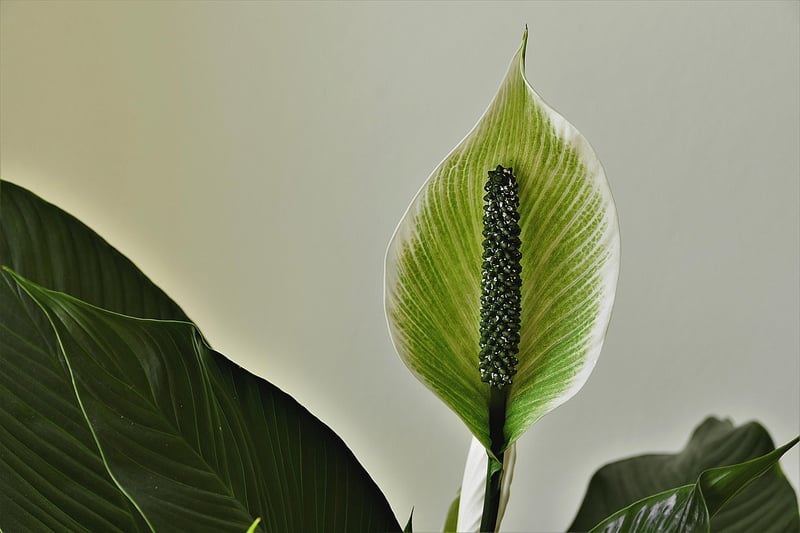Light requirements
Keeping Your Vertical Garden Healthy: Light Requirements
Vertical gardens are a creative and space-saving way to bring greenery into your home or office. But to keep your vertical garden thriving, it's essential to understand and meet its light requirements. Here's a guide to help you ensure that your vertical garden gets the light it needs to stay healthy and vibrant.
Understanding Light Requirements
Plants have varying light requirements based on their species. Some plants thrive in direct sunlight, while others prefer shade. When setting up your vertical garden, consider the following:
- Full Sun: Plants that require full sun need at least 6-8 hours of direct sunlight each day. Examples include herbs like basil and rosemary.
- Partial Sun/Partial Shade: These plants thrive in 4-6 hours of sunlight daily. Ferns and begonias are examples of plants that fall into this category.
- Full Shade: Plants that prefer full shade should receive minimal to no direct sunlight. Peace lilies and snake plants are good choices for low-light conditions.
Tips for Providing Adequate Light
To ensure your vertical garden gets the right amount of light, consider the following tips:
- Observe the sunlight in your space throughout the day to determine the best location for your vertical garden.
- Rotate your plants regularly to ensure they receive even light exposure on all sides.
- Consider using grow lights to supplement natural light if your space has limited access to sunlight.
- Monitor your plants for signs of stress, such as yellowing leaves, which could indicate they are not receiving enough light.
Examples of Plants for Different Light Conditions
Here are some plant suggestions based on their light requirements:
By understanding the light requirements of your plants and providing them with the right conditions, you can ensure that your vertical garden remains lush and healthy. Remember to regularly assess the light in your space and adjust as needed to keep your plants thriving.



